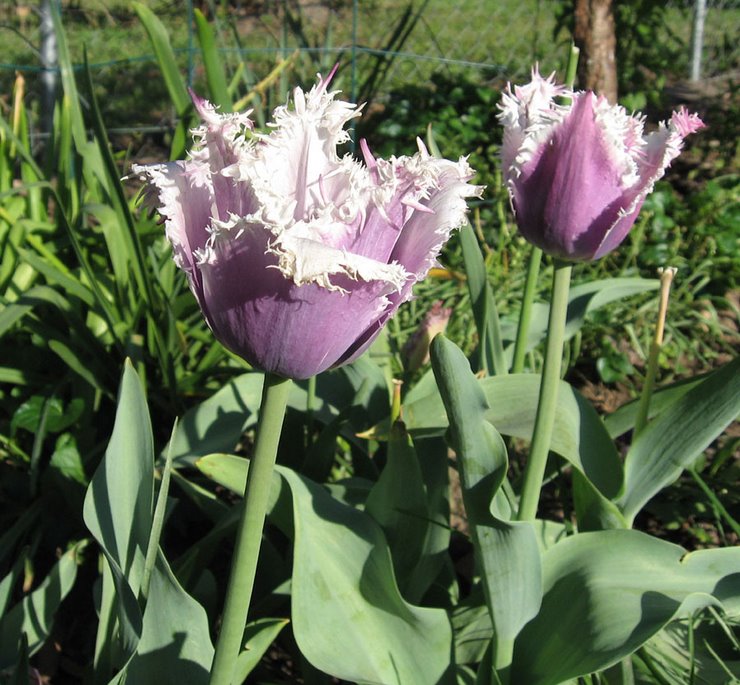In yesterday's post I listed the sinus rinse as a very helpful method of dealing with pollen allergies. I wanted to explain this a bit further for those who might be considering trying it.
Using a sinus rinse was first recommended to me by my allergist. He explained that it would help with inhalant allergies such as those to pollen, mold spores, animal dander, and dust mites. It helps your body get rid of the irritating allergens that have found their way into your nose, and clears out congested mucus.
After having been exposed to an inhaled allergen, such as after working outdoors in hay fever season, when I go back inside, the sinus rinse removes allergens that may be in my sinuses, and flushes out congestion that may be building up. Since using sinus rinse, I no longer get sinus congestion and headaches as I once did.
Sinus rinse, or nasal irrigation, basically uses a squeeze bottle or neti pot to pour a saline solution into one nostril, through the nasal canal, and out the other nostril. There are also more high-tech nasal irrigation systems that propel the solution into the nose. It's a matter of choosing which system you are most comfortable with, and will be willing to use regularly.
This is not something you would be doing constantly; it's just for those times when the mucus becomes thicker, and the nose more congested. The nasal mucus does contain beneficial antiviral/antibacterial elements that help the body resist infection. Over-use of rinsing can remove this beneficial protection. Don't try to rinse your sinuses if your nose is completely blocked. It's best used before you get to that point.
I use a squeeze bottle system, that comes with little packets of a saline powder buffered with baking soda to mix into the water. Don't use tap water to rinse, unless you boil it first and allow it to cool back down to a comfortable body temperature. Distilled water is safer. I heat a cup of distilled water in the microwave to body temperature. You don't want the water to feel either hot or cool when it enters your sinuses. I pour the packet of saline product into the bottle, then the water, and shake it thoroughly to mix.
If you don't have access to premixed, or prefer to make your own, here's the basic recipe:
3 heaping teaspoons of iodide-free salt (use pickling or canning salt, so there's no iodide or anti-caking agents that may irritate your nasal lining)
1 rounded teaspoon baking soda
Mix together thoroughly and store in an airtight container. Add one teaspoon of this mix to 1 cup of distilled or boiled water that has been slightly warmed to body temperature.
You will need to rinse your sinuses over the sink. Tilt your head down over the sink, and open your mouth. Squeeze the solution GENTLY into one nostril and allow it to come out of the other side. Keep your head tilted so that the solution doesn't go into your throat or ears. Then repeat the process with the second nostril. Do this several times until your nose feels clear.
Don't lie down immediately afterward: give your nose time to drain well first. I generally try to allow about an hour before going to bed. Be sure that you wash out the bottle or neti pot thoroughly after use, and allow to air dry. Otherwise it can build up bacteria, and could cause an infection. Also, replace the bottle periodically, just like you do your toothbrush.
When my allergist first recommended this to me, I found the idea appalling. My nose was always so congested, I was struggling to breathe at all, and you want me to pour water in there too? But I dutifully followed through, and found that it made a big difference for me. It really does help clear out my stuffy nose, and lets me sleep a lot better. It's cut down on the drainage, so I have fewer sore throat issues as well.

2 comments:
Thanks for the recipe for sinus rinse solution! This makes it a lot more affordable. I,ll be rinsing more often now, and breathing better.
I had someone recommend this, but it sounded kinda yucky. Sounds like you find it helpful. I may need to think about it again!
Post a Comment